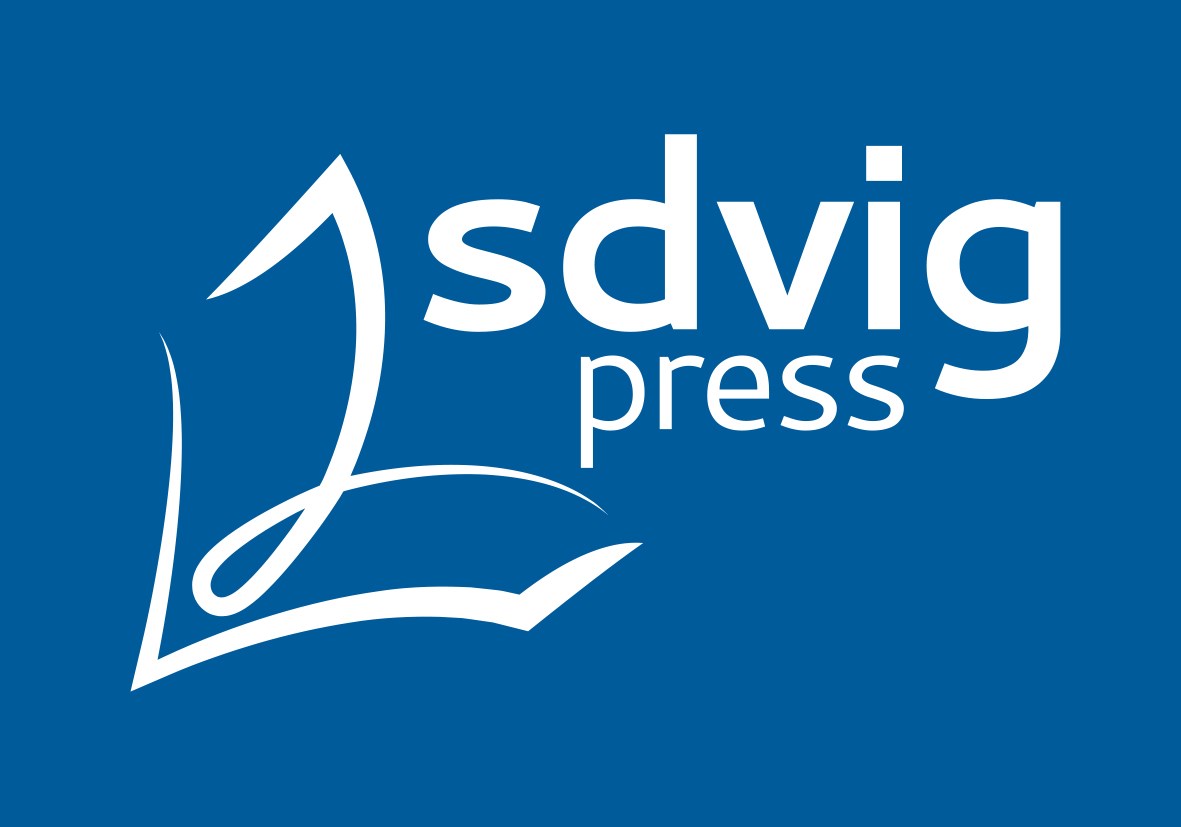This document is unfortunately not available for download at the moment.

Horacio Arló-Costa, Vincent F. Hendricks , Johan van Benthem (2016) Readings in formal epistemology: sourcebook, Dordrecht, Springer.
A qualitative theory of dynamic interactive belief revision
Alexandru Baltag, Sonja Smets
pp. 813-858
Not implemented yet !


